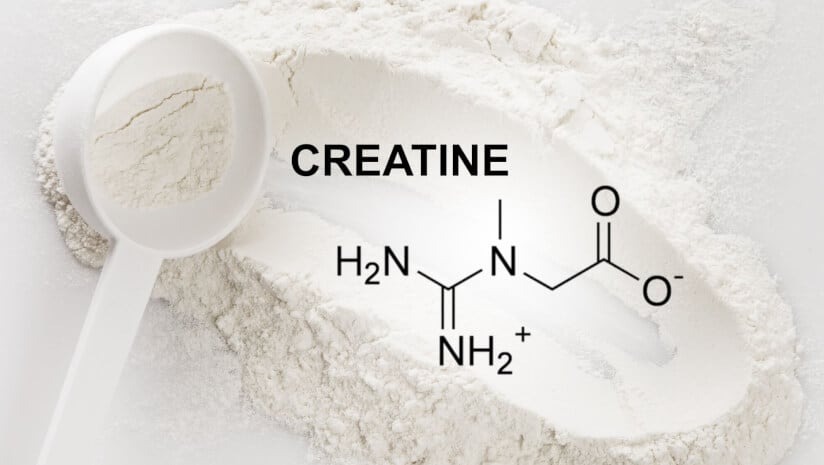The Olympics have made great strides when it comes to gender equity—so what does that mean for the sports nutrition industry? Dr. Sue Kleiner, owner of High Performance Nutrition, reflected on the recent progress, highlighting how female athletes are now competing while pregnant or lactating, but there is a lack of foundational data on the specific nutritional needs of this population.
“Thanks to Title IX, we’ve been able to accomplish that with so many more young women entering sports,” Dr. Kleiner said. “I think what we got to see is young women now know how to basically fuel themselves, recover. We’re learning. We’ve learned a lot–thanks to Dr. Abbie Smith-Ryan, Dr. Katie Hirsch and a number of other scientists doing really outstanding work when it comes to sports nutrition for the female athlete.
“But what we also saw were female athletes that were pregnant competing, female athletes that are lactating that are competing. And while we know they’re safe, we understand in exercise science how they can train, how they can be safe and healthy through these times of their lives, we don’t know foundational nutritional needs for a very active athletic female who is now bringing on a new life into the world or feeding a new life in the world. And so we need so much more data, not just for them but for all the women who aspire to be like them.”
Dr. Kleiner also challenged common misconceptions about carb restriction and emphasized the importance of individualized, “mission-driven” carb choices for athletes based on their exercise needs. She noted that eliminating carbs entirely is not viable for high-intensity exercise and that women, including female athletes, often struggle to consume enough calories overall. She noted the importance of balanced nutrition for women, particularly during key life stages and transitions.
In addition to the need for more research, Dr. Kleiner highlighted the overlooked nutritional needs of women between the ages of 35 and 55, areas she hopes AI can lend itself to.
“Especially with the excitement around AI, we are going to be able to do research that normally would have taken years, maybe decades, and in a much shorter period of time,” she said. “Maybe in a year to two years with AI, we can find molecules that really could be supportive.”


